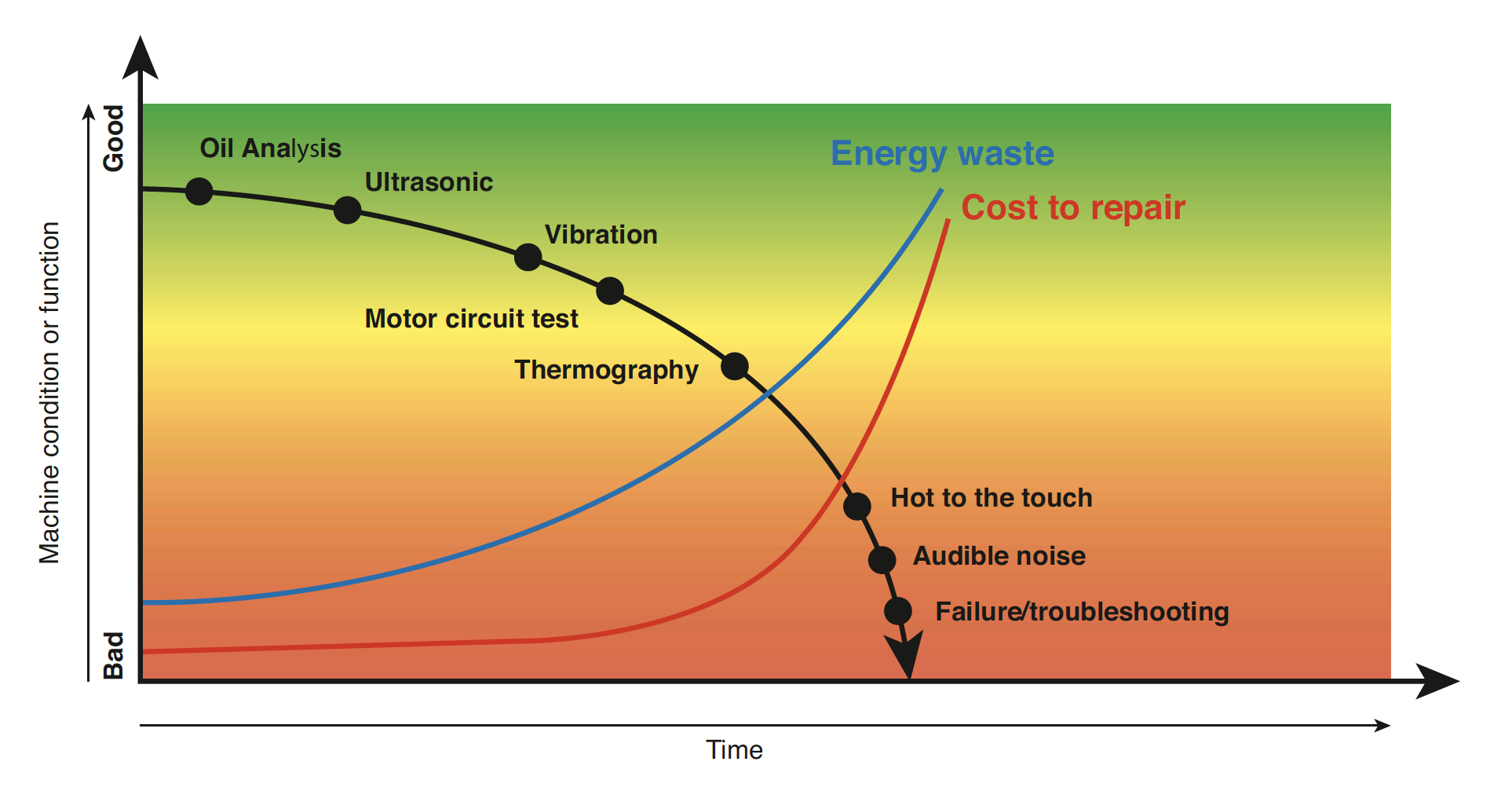When vibration increases beyond normal levels, it may be a sign of alignment issues or a source of trouble. In order to avoid costly downtime, you will need fast and actionable answers.
In our NEW series on Condition Monitoring, we’re discussing what it entails to implement a condition monitoring system in a facility.
In Part 1, we start by reviewing the various benefits of a condition monitoring system, the commonly used techniques and the different types of condition monitoring systems that are implemented.
In Part 2 and Part 3, we unpack vibration monitoring. We progress in the series with Part 4 – an over view of motor circuit analysis. We end the series with Part 5 - residual current monitoring.
We continue to unpack vibration monitoring in this article, as we outline when and how to use vibration monitoring on assets.
Why choose vibration monitoring?
The need for actionable data in plants and other facilities is typically unquestioned by most reliability and maintenance teams. Where people typically diverge is in a few areas:
- When to measure/gather data
- How frequently to measure
- Technologies to add to assets
What is a PF Curve?
A P-F curve is used to indicate the health of machinery or equipment over time, to identify the interval between potential failure and functional failure. Wear and tear of a machine naturally occurs with continual use hence the eventual failure of it is inevitable.
The P-F curve below shows the time interval between potential failures on the upper left until machine failure occurs on the lower right. Most assets follow a curve in their lifecycle, from good to progressively worse, until they completely fail.
What is the importance of the P-F interval?
- Long before an asset fails, it usually begins to consume more energy and lose overall performance.
- The earlier a problem can be detected and corrected, the less it costs to repair (an ounce of prevention is worth a pound of cure).
Certain technologies have the ability to detect emerging failures long before the asset fails. These are often called “predictive technologies,” and are typically part of condition monitoring programs. This is a theoretical framework that may vary from asset to asset, and the point is not to say that personnel should repair a machine at the earliest sign of failure because it may be too early. These early indicators simply signal that additional maintenance actions, such as lubricating the bearings or beginning to plan and schedule maintenance, may help avoid unexpected failures and downtime.
As mentioned in Part 1 of the series, these technologies include Oil analysis, Ultrasound, Motor Circuit Testing, Thermography and Vibration. Each technology may be used in combination or individually.
When should vibration screening be used?
Every machine component produces a unique vibration signal. Signals displayed in the spectrum often form characteristic patterns. Pattern recognition is a key part of vibration analysis, but significant training and experience are necessary to recognize and read the patterns. Vibration analysis can watch bearing wear across 12 to 18 months as they go from slight wear (no action) to extreme wear (replace bearings immediately). Oil analysis can only be performed on oil-cooled bearings (fewer and fewer are used every day). Ultrasound finds bearing wear too early to replace the bearings (used to know when to grease the bearings instead).
Table 1 below is a simplified overview of the patterns used to recognize the four most common machine faults, particularly in rotating assets.
Vibration screening can identify abnormalities caused by most of these faults as they begin — in the early stages, providing precipitous warning of impending failure. Vibration screening devices provide quick feedback of the equipment condition by looking at the overall levels of vibration or bearing condition. This will allow for the maintenance team to understand whether there is a problem, instead of performing an in-depth spectrum analysis. The devices look at the entire vibration signal in low frequency, or the bearing signal in high frequency, and provide a single number for overall vibration or bearing condition. If the machine vibration or noise is higher, this value will increase.
The severity of the four common faults can be tracked over time based on the history from hundreds of thousands of machines that have been analysed by many vibration experts over 30 years. This knowledge and experience have been incorporated into rule-based algorithms and a baseline database that have been proven to be effective on standard rotating machines — motors, pumps, fans, compressors, blowers and single-shaft spindles.
Handheld vibration meters can be used for route-based, preventive strategies. A more flexible method is screening with continuous remote, wireless sensors.
Regardless of the method used, vibration technology can provide reliability and maintenance teams with actionable data that can help determine when further analysis is required to decide when steps such as re-lubrication, repairs or replacements should be made.
Catch vibration issues early with vibration data that identifies imbalance, looseness, misalignment, and bearing failures. Do you need advice on what vibration tools and software is best suited for your specific requirement?
CHAT to us now!



